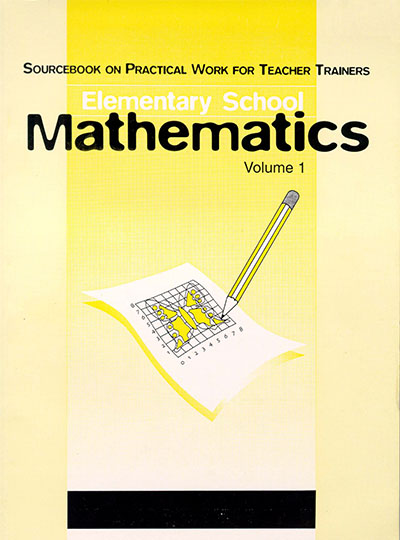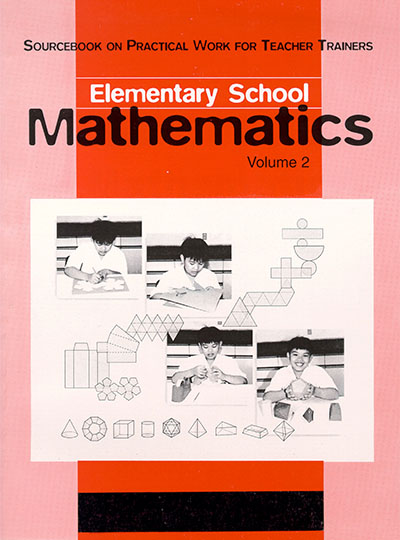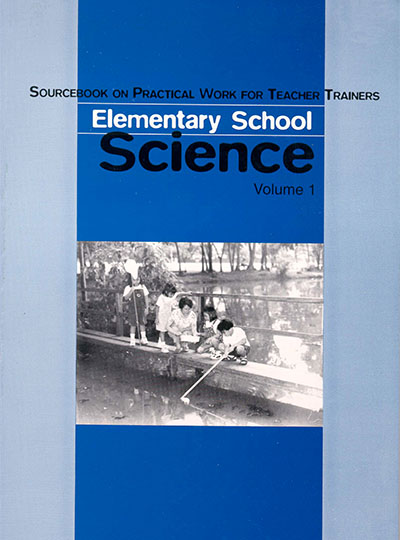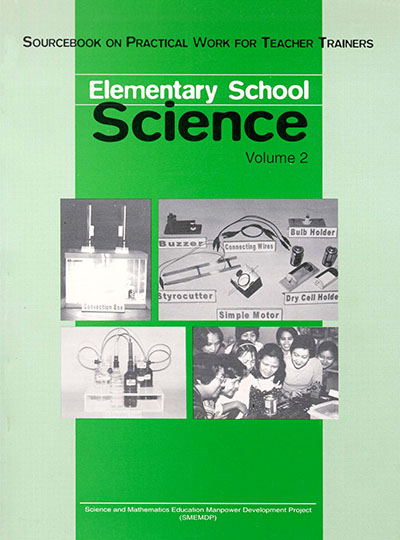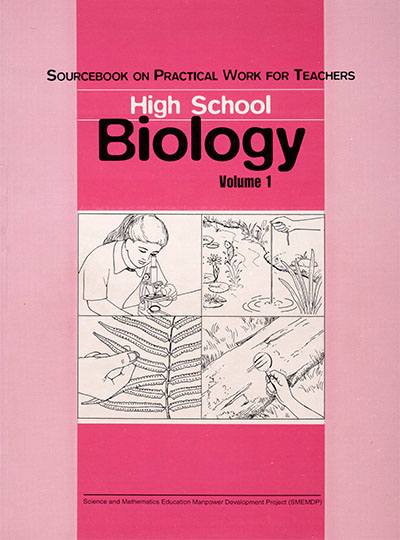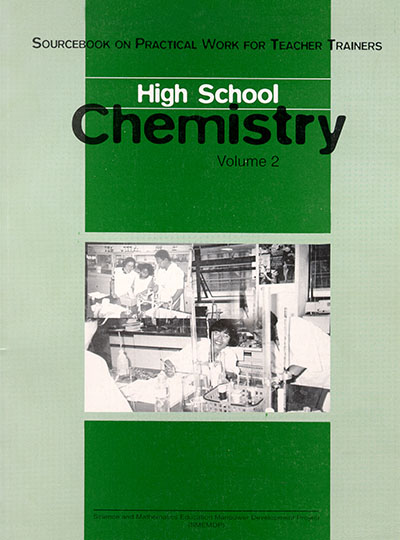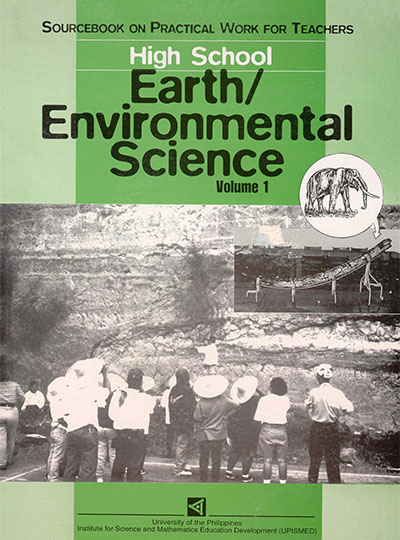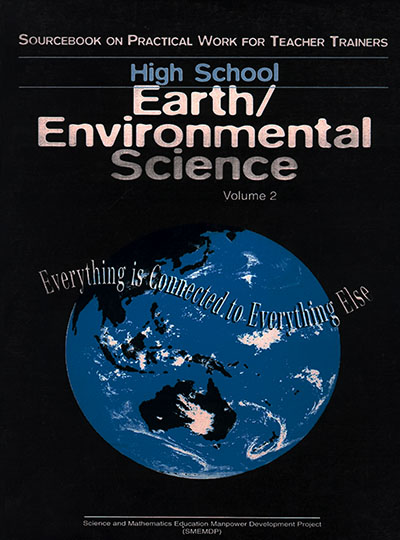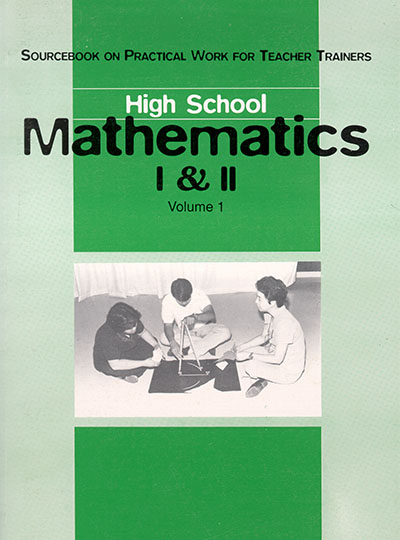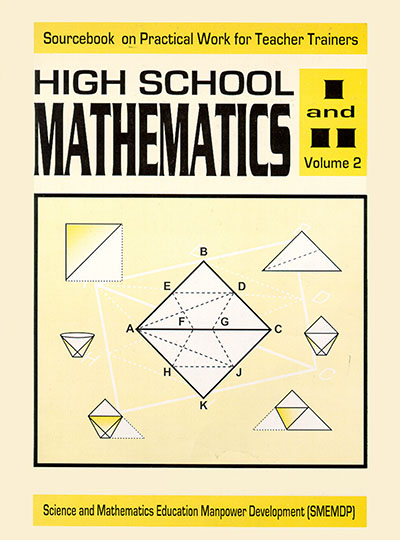Elementary School Mathematics Education Group ISBN 971-570-023-1 Published by NISMED December 1998
No of Pages: 189
____________
this sourcebook aims at promoting the use of practical work in mathematics teaching in inservice and preservice training programs as well as in classroom teaching. It points out areas where mathematical investigation may come naturally. The trainers and trainees are enjoined to explore other areas in the sourcebook which lend themselves easily to mathematical investigations. The importance of mathematical investigation cannot be overemphasized in promoting the development of thinking processes in addition to enhancing the understanding of mathematical concepts.

